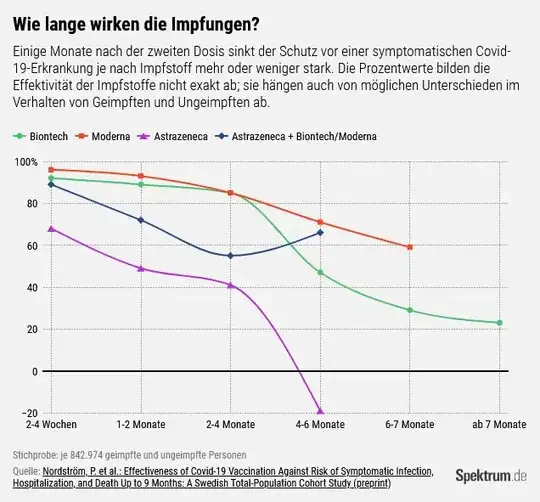I'll answer the question about AstraZeneca first, because it's important to be precise here about what this means for the SARS-CoV2 vaccines we're using right now. The answer there is that there is no evidence at all that any of them can increase the infection risk or the severity of the disease*.
To your general question about all vaccines: the answer is yes. There is a phenomenon called Antibody-dependent enhancement where a previous infection or vaccination can lead to a worse outcome in later infections:
In general, virus-specific antibodies are considered antiviral and play an important role in the control of virus infections in a number of ways. However, in some instances, the presence of specific antibodies can be beneficial to the virus. This activity is known as antibody-dependent enhancement (ADE) of virus infection. The ADE of virus infection is a phenomenon in which virus-specific antibodies enhance the entry of virus, and in some cases the replication of virus, into monocytes/macrophages and granulocytic cells through interaction with Fc and/or complement receptors.
Antibody-Dependent Enhancement of Virus Infection and Disease
This is a known phenomenon, and unfortunately there are some diseases where this happens and leads to worse outcomes in a second infection. One example is dengue, where a second infection with a different strain of the virus has a much higher chance for very serious disease progression. The reason in this particular case is that dengue infects macrophages, and the immune response brings the virus into close contact with them. If the antibodies don't neutralize the virus, they're essentially helping it to bind to its targets (https://www.nature.com/scitable/content/model-of-antibody-dependent-enhancement-of-dengue-22403433/).
But the question you probably should have been asking about the AstraZeneca result is "what's the confidence interval on that negative value?" This illustration is bad, I've seen it linked a few times already and it's just really annoying how misleading it is.
If you look at table 2 in the paper you already linked, you'll find that the confidence interval for the AZ vaccine at >120 days ranges from -97 to 28. The interval is huge and still includes positive values. You cannot conclude from this that the vaccine increases the risk of infection, that data point is simply not robust enough to read anything like that from it. And even if it were statistically significant, as you mentioned there are other potential confounding factors.
* Here's a response from the German institute responsible for vaccine safety:
aus klinischen Prüfungen mit mRNA-Impfstoffen gibt es keinerlei Hinweise auf eine verstärkte COVID-19-Erkrankung VAED (Vaccination Associated Enhanced Disease) bei geimpften Personen.
Translated this means:
clinical studies on mRNA vaccines give no hints at all for amplified COVID-19 disease (Vaccination Associated Enhanced Disease) in vaccinated persons.
